Semiconductor: All the Information You Need

What are Semiconductors?
Specific electrical characteristics are present in semiconductors. A substance is referred to as a conductor or an insulator depending on whether it conducts electricity or not. Semiconductors are materials that fall halfway between. Semiconductors are used to make electronic discrete components like diodes and transistors as well as integrated circuits (ICs). Germanium and silicon are common types of elemental semiconductors. Of these, silicon is well-known. Most ICs are made of silicon. Examples of typical semiconductor materials are indium antimonide and gallium arsenide. Many technological products as well as the societal infrastructure that supports our daily lives now depend on semiconductors.
The operation of air conditioners at a pleasant room temperature, increased auto safety, laser therapy in cutting-edge medical care, and many more applications depend heavily on semiconductors. Additionally, the advancements in semiconductor technology have facilitated system efficiency, downsizing, and energy savings, all of which contribute to a safe, comfortable existence today and a successful future tomorrow.
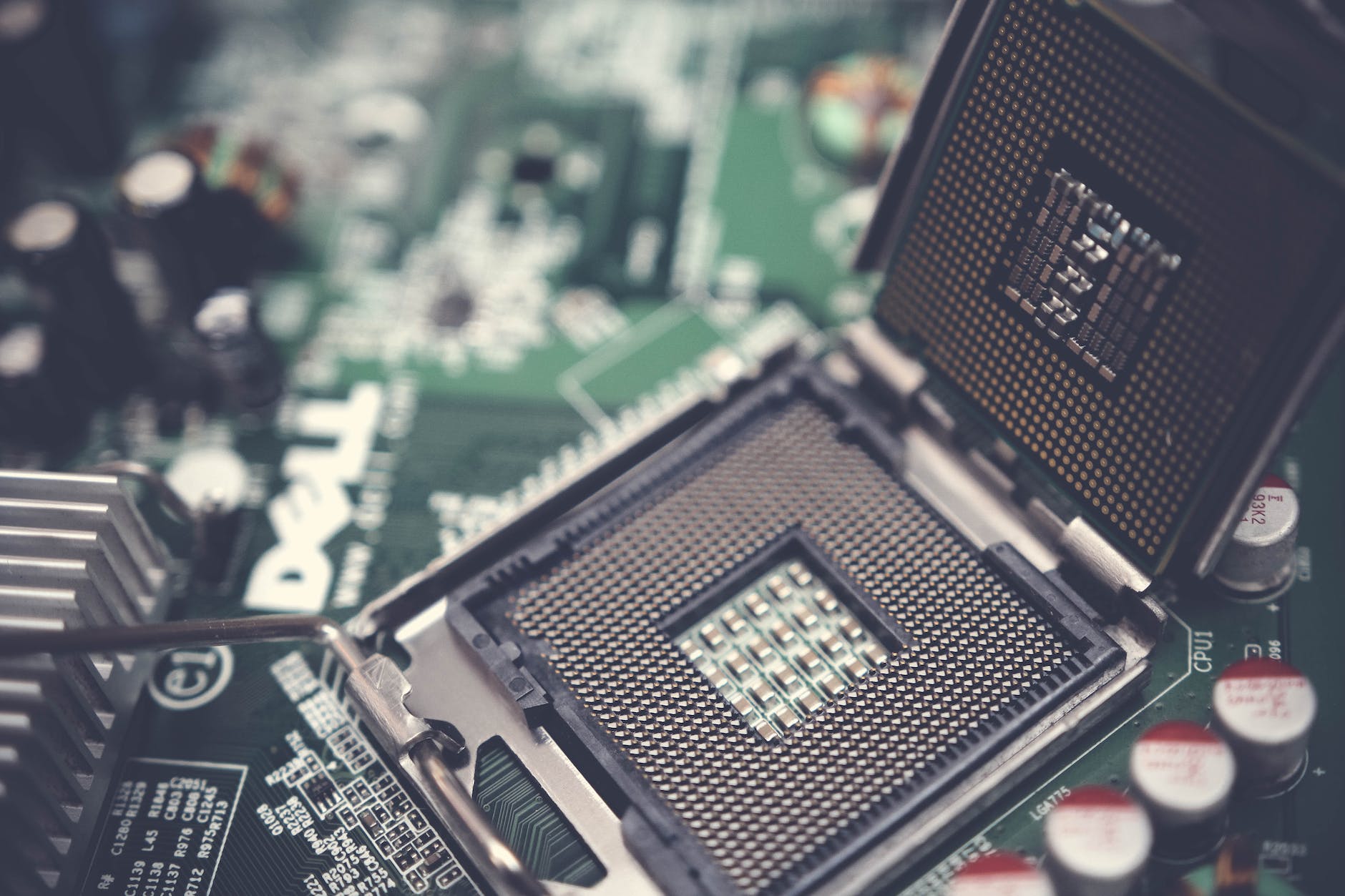
Semiconductors were first identified in the 19th century. The transistor was created in the 1940s. Radios, which had previously required vacuum tubes, were drastically scaled down and made portable.
Also Read: Why is Everyone in Monaco so Rich?
Silicon is a well-known semiconductor. Semiconductor devices, which include the IC, a transistor-based integrated circuit, are used in electronic components. Semiconductor devices are crucial electronic components that enable our daily lives and are placed within various electronic gadgets.
How Big is the Semiconductor Market?
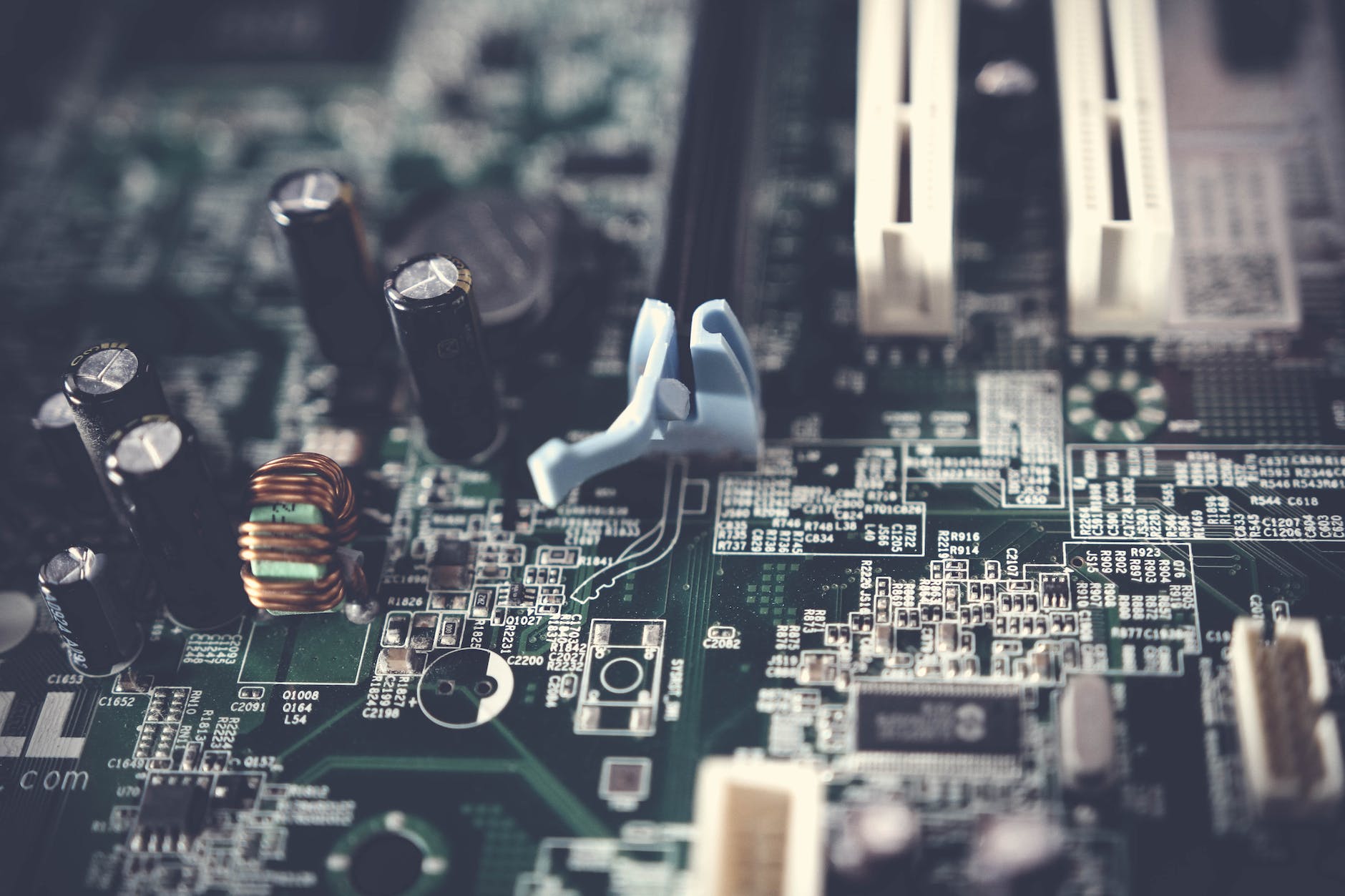
The market for semiconductors is estimated to be worth $427.6 billion in 2020 and to grow to $698.2 billion by 2026 at a CAGR of 5.9% over the forecast period of 2021–2026. Technological advancements in the semiconductor industry are being driven by increased investments in memory devices and integrated circuit components. A market for Insulators is anticipated to be created by the development of artificial intelligence, the internet of things, and machine learning technologies because they speed up the processing of massive amounts of data by memory chips. Additionally, the industrial market’s demand for faster and more sophisticated memory chips is anticipated to grow the semiconductor market. Semiconductors’ sizes and forms are getting smaller, so more devices can fit on a single chip, suggesting more capabilities per chip.
Also Read: How Steve Jobs got inspired by Nike Marketing Campaign
As a result, several previously employed chips are currently being consolidated into a single chip, producing highly integrated systems. The market for gallium arsenide is anticipated to grow its semiconductor market share during the forecast period as a result of such technological advancements.
Taiwan: Biggest player in the semiconductor industry

One of the most important producers of computer chips worldwide is the Taiwan Semiconductor Manufacturing Company or TSMC. Because TSMC controls such a significant portion of the world’s chip manufacturing, it is frequently referred to as an unknown corporation that runs the world.
Also Read: Gillette’s Marketing Strategy
Under Morris Chang’s leadership, the Taiwanese government established the business in 1987. Taiwan recognized an opportunity to provide the semiconductors that the expanding technology sector needed.
Established in 1987
Basic information about TSMC
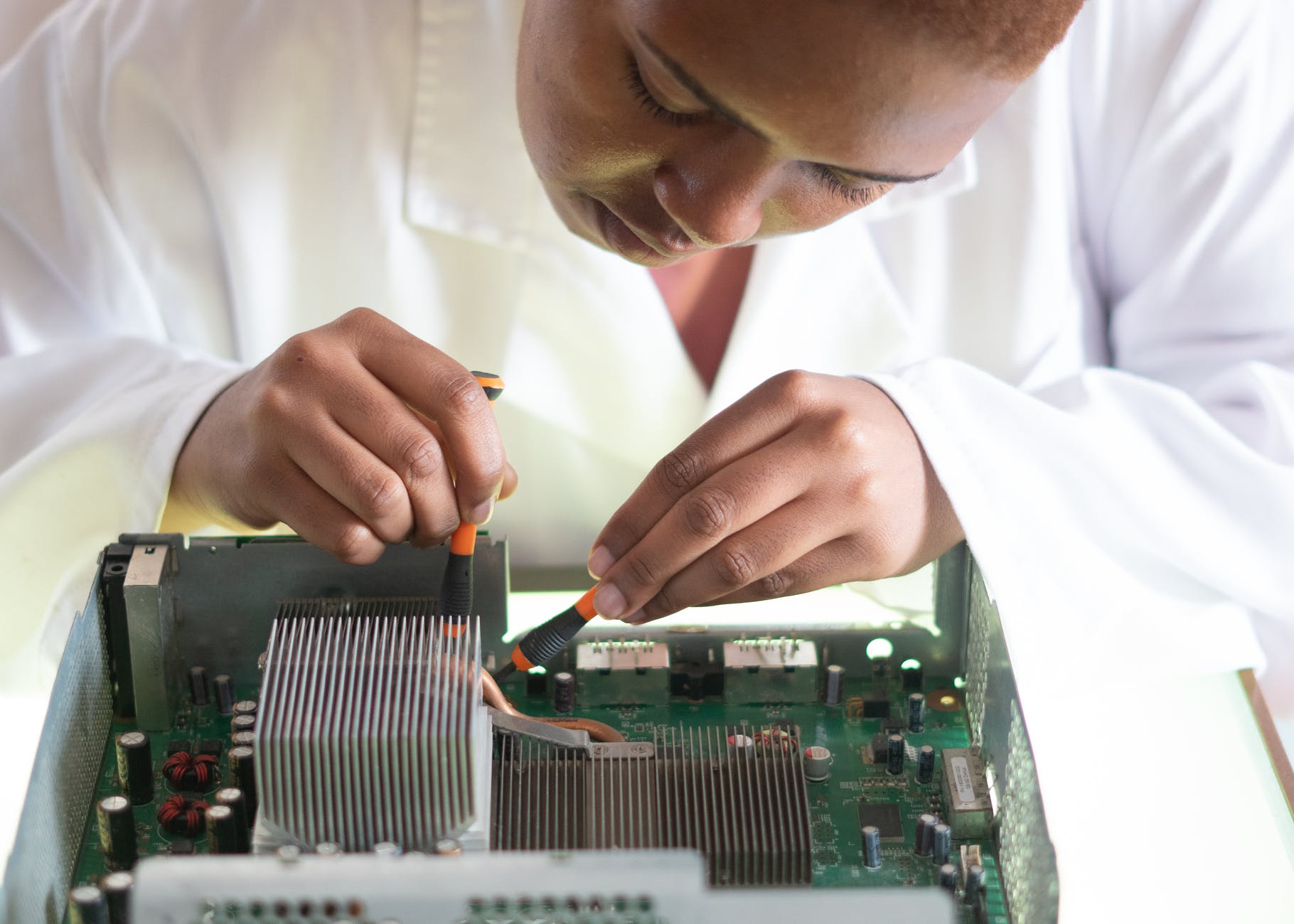
Founders: Morris Chang, Chang Chun Moi, Tseng Fan Cheng, and the Taiwanese Government. Industry: Manufacturing of Semiconductors for the Computer Industry Headquarter: Taiwan Key Figure: Wang Yung-ching, Morris Chang, Important Products: Business Foundry, semiconductors
All of the computer component rivals on the market, from AMD and NVIDIA to IBM and Intel, received their wafers from TSMC during the early years of wafer fabrication for microchip production. Morris Chang instructed the business to sell the initial batch of chips at a higher price to build consumer confidence in the caliber of their offering and to make an early profit to spur the company’s expansion. The strategy worked well since rising earnings allowed TSMC to advance wafer fabrication to the point where any new company would require a $100 billion budget to even consider competing.
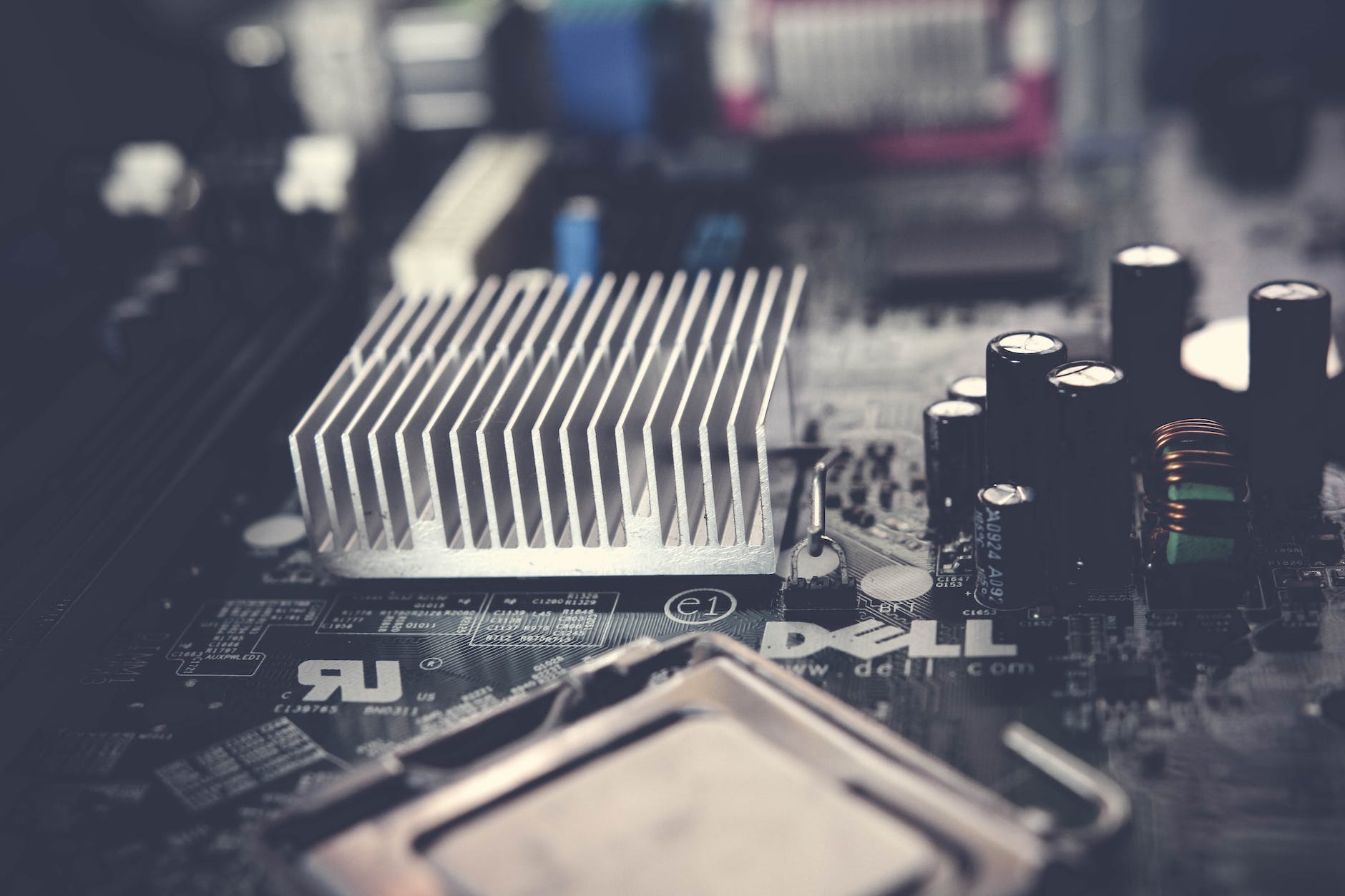
Today, Samsung is TSMC’s biggest rival. However, in terms of market share, Samsung is well behind TSMC. Samsung is in charge of the remaining 8% of the worldwide market, while TSMC supplies 92% of it.
Also Read: 4 Economic Concepts Everyone Should Know
Taiwan was severely impacted by the global pandemic response in 2020. The business collapsed, resulting in a severe chip shortage and a slowdown in delivery. In order to mitigate the effects of changes in the global market, TSMC was advised to spread its fabrication to other countries such as the United States and Japan.
By 2024, TSMC will be legally able to conduct business in the US, Japan, Taiwan, and China, with plans to expand beyond.
The Founding of Taiwan Semiconductor Manufacturing Company
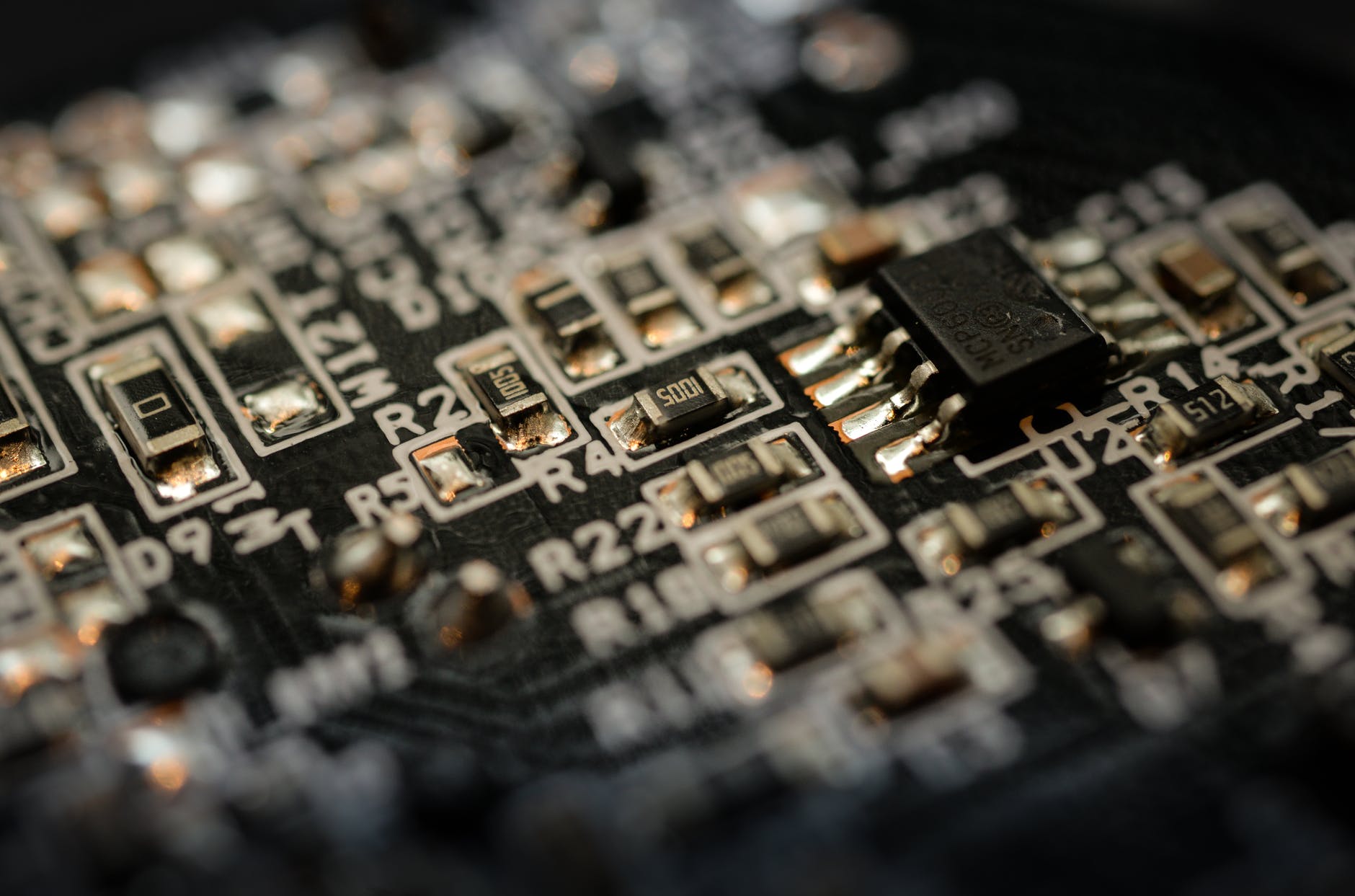
Morris Chang was hired by the Taiwanese government in 1985 to promote the semiconductor sector. He became Chairman and President of the Industrial Technology Research Institute in 1986, a nonprofit research institute in Hsinchu. Morris Chang began construction of what would eventually grow into TSMC’s first semiconductor wafer production facility on the ITRI campus.
Also Read: The Five Characteristics of an Inclusive Economy
The fabrication facility attracted the interest of international investors in just one year. The Taiwan Semiconductor Manufacturing Company was established by the Taiwanese government in partnership with Philips and other private investors.
How does TMSC Generate Revenue?

TSMC is a factory that produces the chips that go into everything from televisions and remote controls to laptops and desktop computers. Nowadays, almost all products have chips. About 51% of the chips are provided by Taiwan Semiconductor Manufacturing Company to other businesses worldwide. One of only two businesses, along with Samsung, making 5 nm chips is TSMC.
Nearly every tech company in the world, including Apple, Microsoft, Asus, Yamaha, and Panasonic, is on the list of TSMC’s clients.
THANKS FOR READING
Frequently Asked Questions
What are the 3 types of Semiconductors?
Simply said, semiconductor devices are a class of electronic parts created, developed, and produced using semiconductor materials like silicon (Si), germanium (Ge), and gallium arsenide (GaAs).
What are Semiconductors and examples?
Silicon, germanium, gallium arsenide, and elements close to the so-called “metalloid staircase” on the periodic table are a few examples of semiconductors. Gallium arsenide, which is used in laser diodes, solar cells, microwave-frequency integrated circuits, and other electronic devices, is the second-most prevalent semiconductor after silicon.
Why is it called Semiconductor?
The reason material is called a semiconductor is that it has an electrical resistance that is between the resistance typical of insulators and metals, or that “semi”-conducts electricity in a way.
What are the 3 properties of Semiconductors?
Property 1: The resistivity of a semiconductor is less than an insulator but higher than a conductor.
Property 2: Semiconductors show a negative temperature coefficient of resistance. …
Property 3: At zero kelvin, semiconductors behave as insulators.
Where is a Semiconductor used?
In addition to consumer devices, semiconductors are essential to the operation of trains, bank ATMs, the internet, communications, and other facets of the social infrastructure, including, among other things, the medical network utilized for aged care.
What is a Semiconductor used for?
Any member of the family of crystalline solids known as a semiconductor falls into the range of conductors and insulators in terms of electrical conductivity. Diodes, transistors, and integrated circuits are just a few of the electrical devices that use semiconductors in their production.
What is a Semiconductor in simple words?
Semiconductors. Semiconductors are substances with conductivity intermediate between that of conductors (often metals) and that of nonconductors or insulators (such as most ceramics). Semiconductors can be made of compounds like gallium arsenide or cadmium selenide or pure elements like silicon or germanium.
Which countries produce Semiconductors?
Companies from the United States, Taiwan, South Korea, Japan, and the Netherlands dominate the worldwide semiconductor sector.
What are the advantages of Semiconductors?
Contrary to vacuum tubes, semiconductors are shock-resistant. They also use less power, are smaller in size, and occupy less space. Compared to vacuum tubes, semiconductors are much more susceptible to radiation and temperature. Vacuum diodes are more expensive, but semiconductors are less expensive and have a considerably longer shelf life.
Why silicon is used in Semiconductors?
Usually, silicon is found in compounds with other elements. Atoms can be tightly and intricately bound by silicon components. Silicon is widely available, cheap, and simple to obtain. The main factor making silicon the most popular semiconductor material is this.




